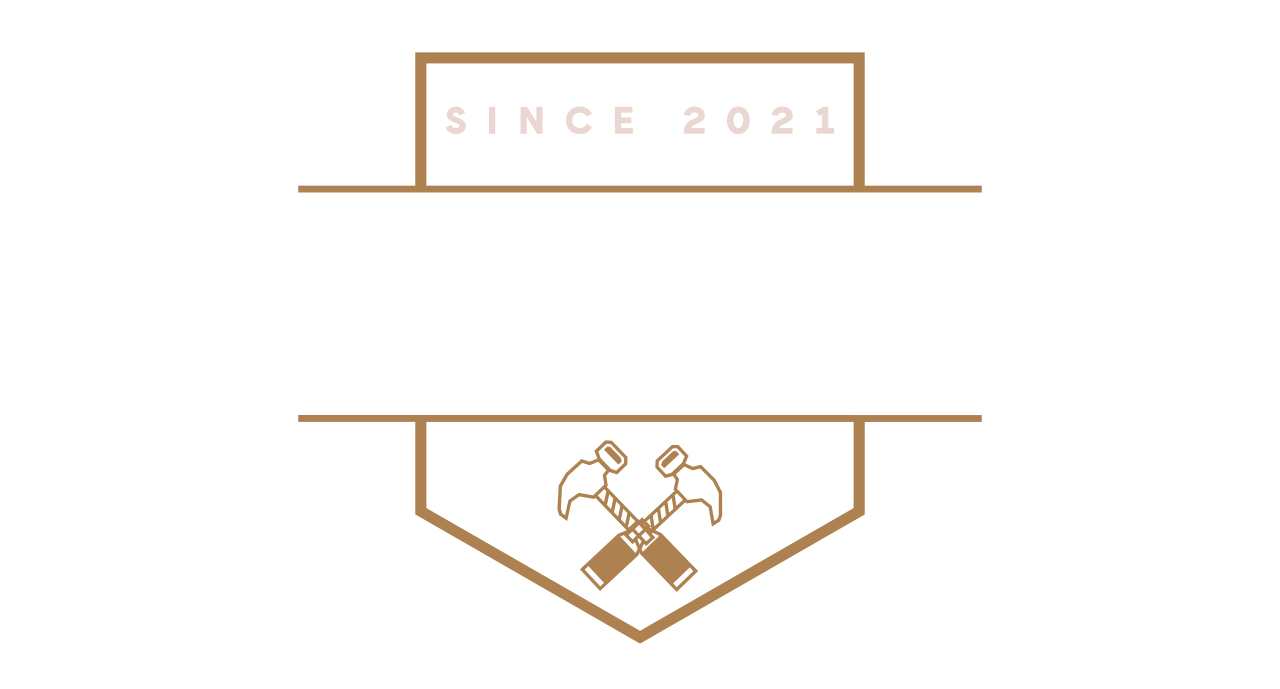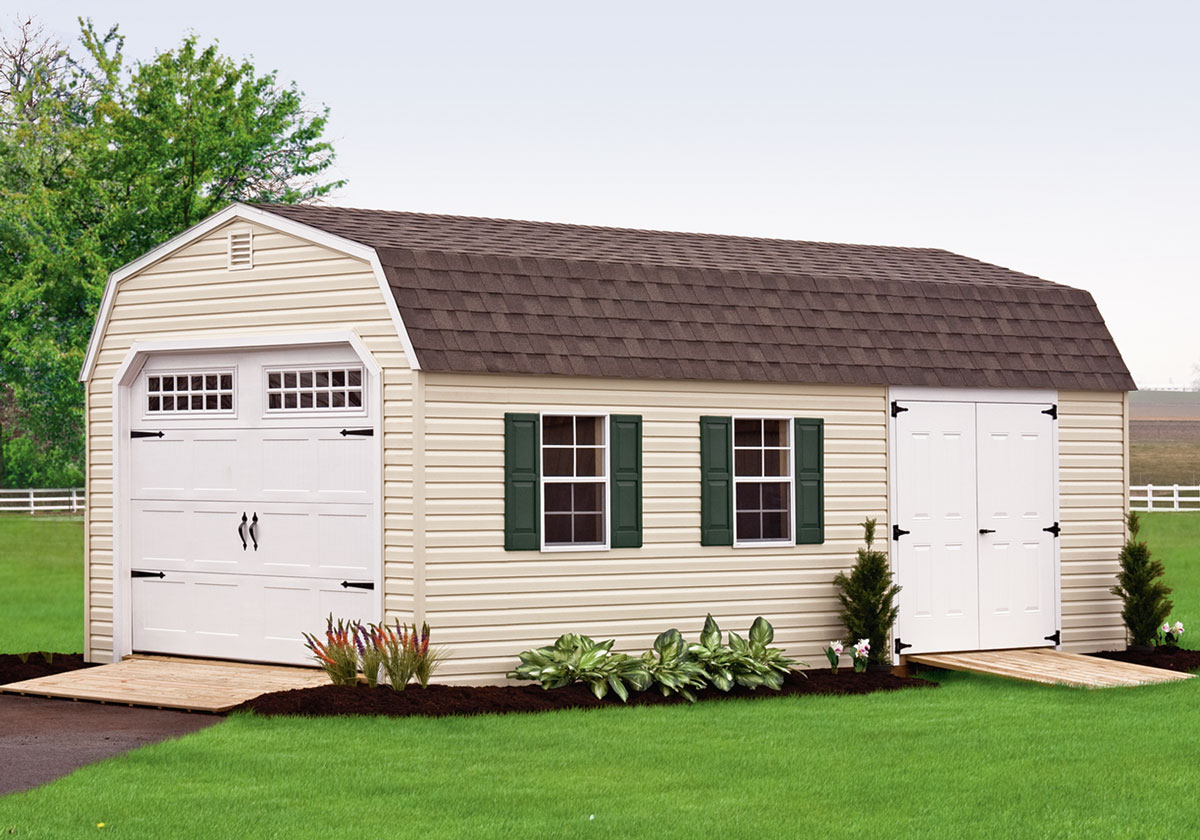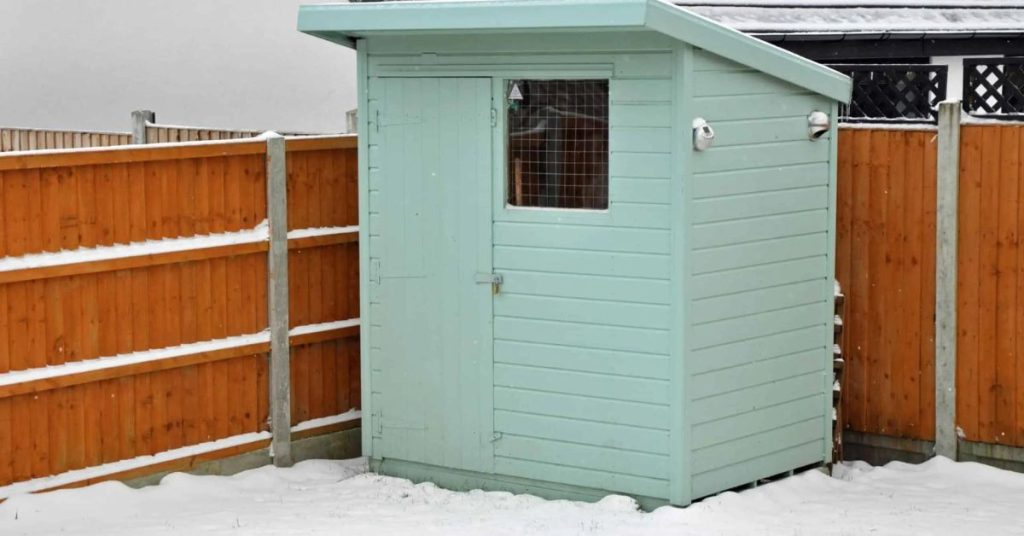You want to replace the siding on your shed, but you’re unsure what material to use.
When installing new shed siding, there are many things to consider, from the price and durability of various materials to how much labor is required. When so many options are available, making a decision can be challenging.
To preserve tools, equipment, and other objects, shed siding keeps out moisture, vermin, and severe temperatures. Your choice of material will affect the shed’s strength and look. Making the greatest decision for your shed siding services will be aided by your knowledge of the shed siding options, facts, and considerations.
Shed Siding Options
1. Vinyl Siding
You can easily insulate your siding for a shed, which is a popular benefit of vinyl siding. Additionally durable and requiring little upkeep is vinyl siding. Their sole flaw is that they don’t have a natural appearance; to make matters worse, they are not waterproof. As a result, you will experience issues with water entering the shed.
2. Metal / Steel
Your shed siding will look highly industrial with metal or steel siding. Metal or steel siding typically arrives pre-painted.
3. Engineered Wood
The engineered wood design has a technological advantage compared to natural wood siding. Additionally, some alternatives include treatments that safeguard against decay and parasites that affect wood.
Manufacturers create the best siding for shed-engineered wood to eliminate faults, improve deterioration resistance, and simplify maintenance.
4. Traditional Wood Siding
Due to its timeless and subtle appearance, traditional wood siding for a shed is popular. Redwood or plywood can fit nicely with the surroundings or be given an eye-catching polish to stand out.
5. Fiber Cement
Sand, cellulose fibers, and cement are the main components of fiber cement. Due to its incredible strength, lightweight, and ease of usage, it is a fantastic types of siding for sheds of conventional wood. Fiber cement can be used to create everything from decking to roof tiles. Fibre cement has the advantage of not rotting like wood and of not rusting. You may also choose the color used in its construction to avoid painting it. However, fiber cement is a costly material, so be ready to invest. You wouldn’t want your kids playing ball next to fiber cement because it is pretty easily damaged, which is its major negative.
6. LP Smartside Siding
Engineered wood shaped like LP Smartside Panels has been treated with zinc borate for enhanced protection. There are a few things to consider when installing LP Smartside Trim or Siding.
7. Hardiplank
These boards are dependable Shed Siding Options because they were initially created to endure more intense conditions. These fiber-cement boards today also resemble cedar shakes, shingles, and planks.
Manufacturers guarantee that Hardiplank can last up to 30 years. However, expert installation is necessary because poor installation might result in mold and rot.
8. T1-11 Shed Siding
Siding plywood is also known as T1-11 plywood. It is a flexible material that may mimic natural wood by being stained, primed, and painted. T1-11 plywood siding may be sanded or roughened depending on the intended appearance.
There are two kinds of T1-11 siding for a shed: plywood and OBS (Oriented Strand Board). Because plywood does not expand or warp when exposed to water, it is more durable than OBS. OBS boards’ corners expand when wet, even after drying.
Although more expensive than OBS siding, T1-11 plywood siding is more resilient. A few dollars will be spent on each unique board.
9. Tongue-And-Groove Paneling
Wood boarding, or tongue-and-groove paneling or cladding, is used to build wooden constructions. The panels connect without using nails or adhesive since they are interlocking. This kind of paneling is renowned for having a crisp, smooth appearance.
Additionally, tongue-and-groove paneling may be put up swiftly and easily. Tongue-and-groove paneling has a long lifespan if maintained properly. Tongue-and-groove paneling is a common option for house, office, and sidings for sheds renovations because of its many advantages.
Between $1,350 and $1,800 is the cost of the material, and between $4 and $8 per square foot is the cost of expert installation. Although you can save money by painting over less expensive lumber, this siding material is particularly DIY-friendly.
10. OSB Shed Siding
Oriented Strand Board is referred to as OSB. A type of manufactured wood called OSB is made of microscopic wood chips layered and bonded together.
The usual thickness of OSB sidings, available in 4 x 8-foot panels, is 7/16 inches. Add a layer of protective stain to preserve the environment in good shape.
OSB typically costs between $32 and $77 per 4-by-8-foot sheet, depending on the type and thickness.
11. Channel Siding
Softwood lumber like pine or cedar with a lip at the bottom or a rabbeted rut that overlaps the top face of the board below it is known as channel siding. A lap-siding finish with channels is the result.
Conclusion
Whatever best suits your demands is the greatest form of shed siding material. The key elements determining the longevity of shed repair are exposure to weather, sunshine, and temperature, which mostly depend on where you live.
Your financial situation and aesthetic preferences will also influence your choice of material. Now that you are informed about each choice, you may select the best material from the list.




